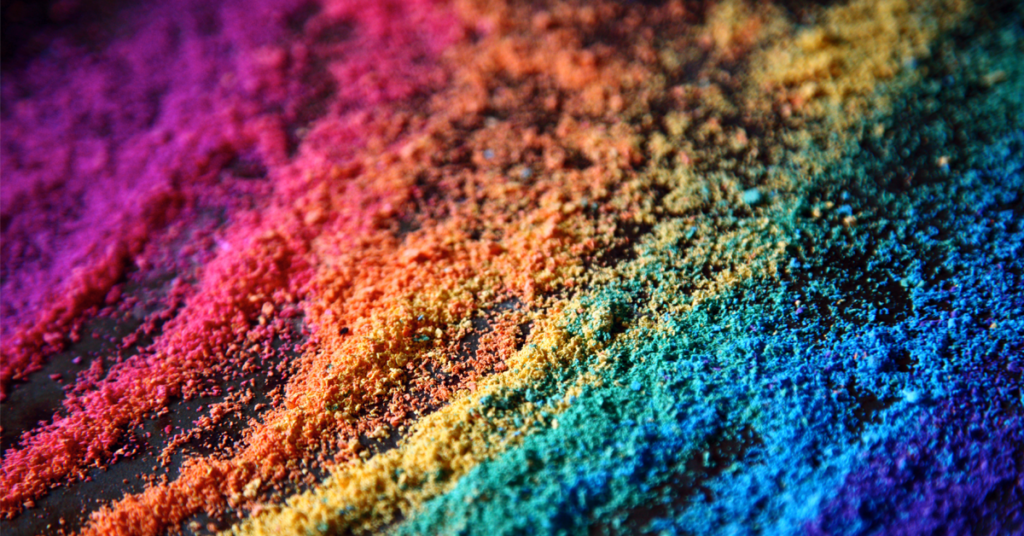Dye Costume Pieces
Photo Credit: Photo by Sharon McCutcheon on Unsplash
This post is to help you dye costume pieces. In the course of costuming shows, there are many occasions where I’ve found the EXACT costume piece I needed. . . except that it was the wrong color. Luckily, it’s pretty easy to dye costume pieces, if you follow some basic guidelines:
1. Don’t limit yourself to the colors that RIT provides to dye costume pieces
The RIT website provides a color formula pdf download that gives instructions for mixing dye to achieve almost any color you can imagine, along with a lot of useful dying tips. On more than one occasion, I have used the formulas from this chart to successfully match male ensemble shirt color to ensemble dresses, creating a professional, unified look for the big production numbers.
2. Assess the garment/fabric you are starting with
Check the label for the garment or fabric that you will be dying, to determine the fibers that are present.
If there is no label, or you don’t remember what the fiber content is for fabric you’d like to dye, you can do a burn test to try to determine the fiber content. Many experienced sew-ists regularly perform burn tests to determine the fiber content of their fabric, so you could also ask around and solicit the help of a friend on this one.
3. Consider any existing color in the fabric
- The darker the original color, the less likely that you will be able to change the color with dye.
- Pastel or light colors can be over-dyed, but you will need to take the original color into consideration in determining how to achieve your desired color.
- Example: If you are trying to dye a light yellow 100% cotton shirt light green, you would only need to apply a diluted blue dye, and most likely would not need additional yellow dye.
4. Understand the type of dye you need to dye costume pieces
Natural fiber dye
- Cotton and linen are easily dyed with regular RIT dye that is available from Amazon, most chain craft stores (Joann’s, Michael’s, Hobby Lobby, etc.), discount stores (Target, Walmart), or even some grocery stores.
- Silk, wool, rayon, ramie or nylon can also be died with regular RIT dye, but the results for these types of fabric tend to vary more than the results for cotton and linen.
- Regular RIT dye is available in powder or liquid form; I prefer the liquid because it is easier to mix and tone colors when I dye costume pieces.
- The powder comes in a packet that is inconvenient to use, unless you are using the straight color that RIT invented, and not toning or mixing it to meet your needs.
- The liquid, on the other hand, comes in a resealable bottle that allows you to use what you need and save the rest for future use. It can also be easily measured to get the right mix.
Synthetic Fiber Dye
- For fabrics that contain more than 35% polyester, acetate, or acrylic, you will need to use special dye intended for synthetic fibers; Rit DyeMore Synthetic Fiber Dye is a good synthetic dye that is easy to use.
- Follow the directions that the RIT Dye company provides on their website and product packaging very closely, including dying and color mixing methods.

